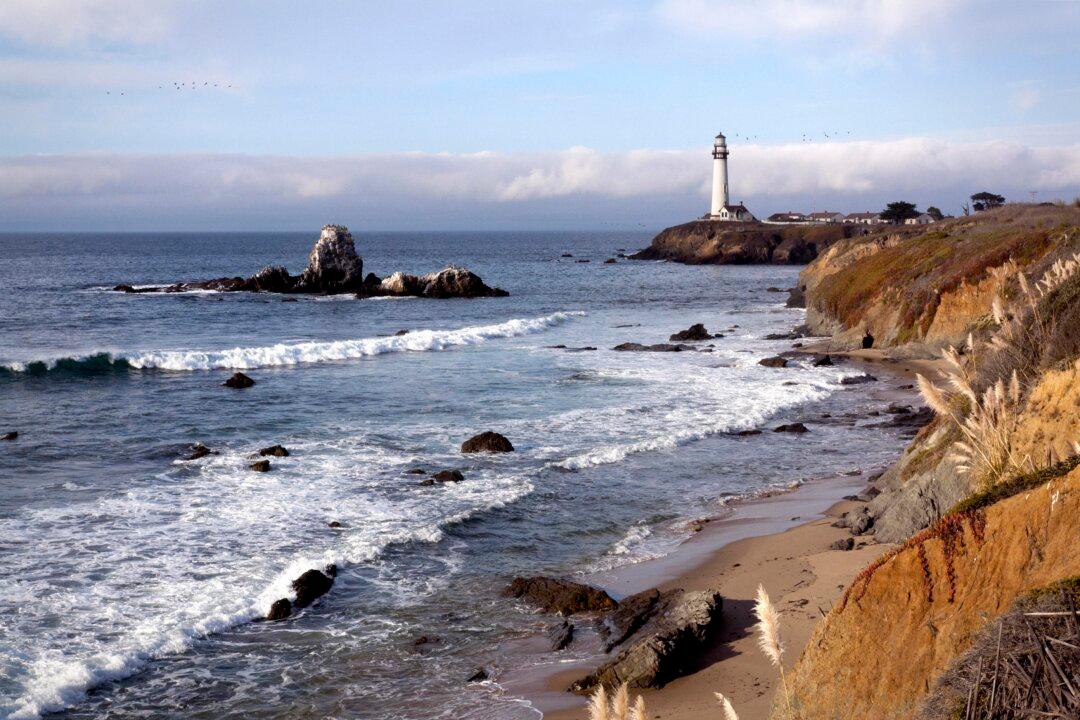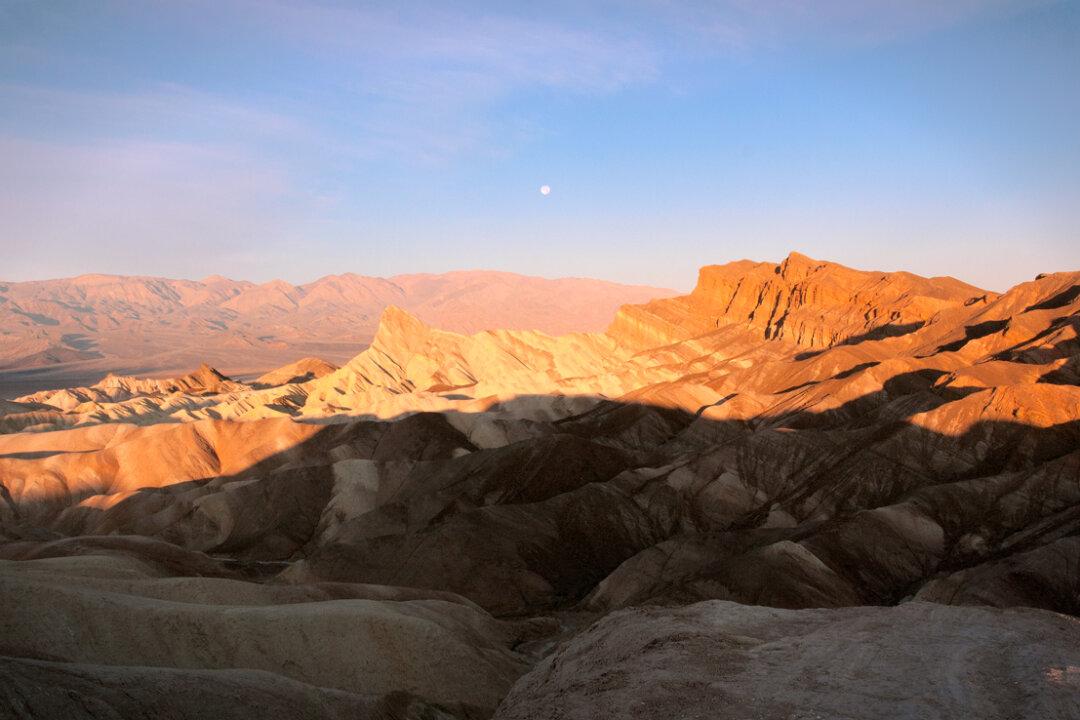“I’ve been sailing for 23 years commercially … but your light got me home last night. I’ve never had to navigate off of a lighthouse, but I did last night. … Thank you for having that light on. … Don’t ever turn that light off.” —Anonymous mariner who called in to Point Arena Lighthouse, March 2017.
In the modern age of GPS and satellite navigation, it is understandable to question the usefulness of lighthouses. While many may see them merely as antiquated relics or landmarks for historical preservation, there are people who have continued to rely on their light. When more advanced technology fails us, a simple beam of light can illuminate the darkness and guide the way. Lighthouses have been illuminating the rocky coastlines of the United States since before we became a nation in the early 1700s. The California gold rush led to increased population and demand for imports and exports. Shipwrecks naturally followed, and Congress appropriated funds for lighthouses on the west coast.





